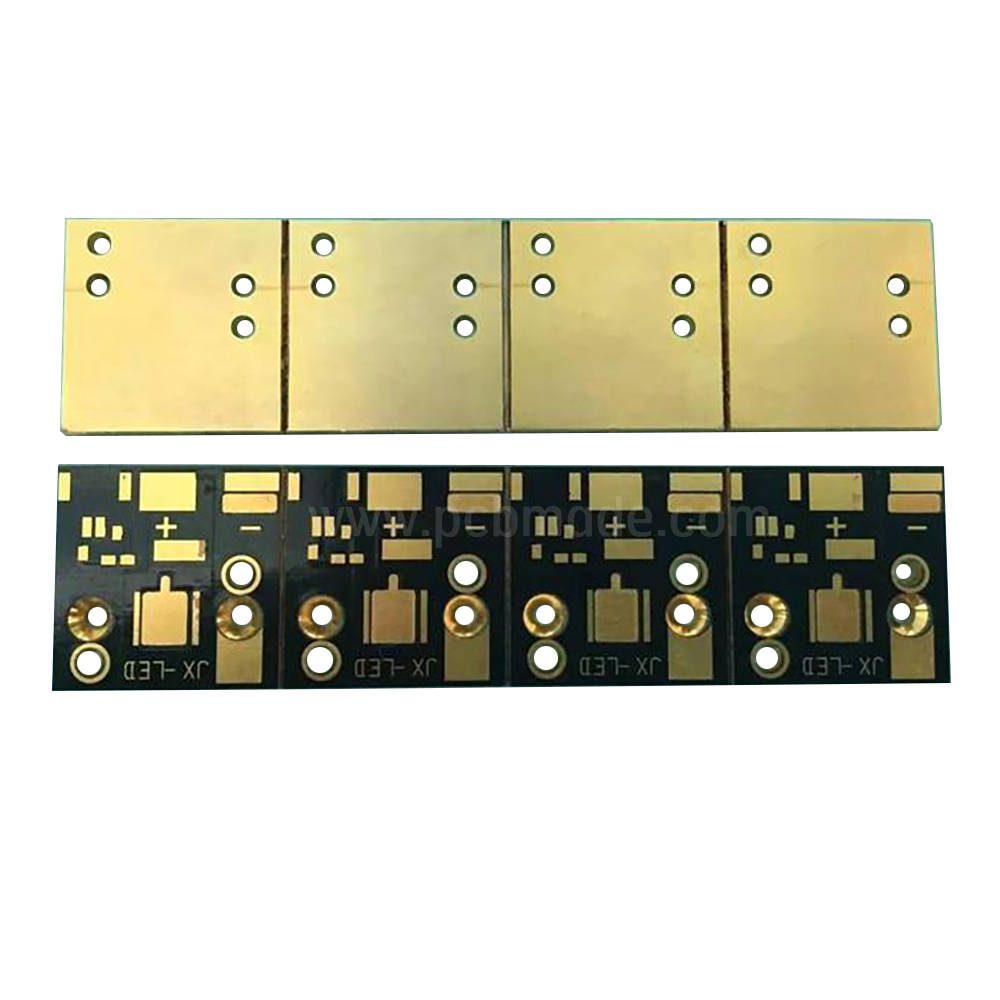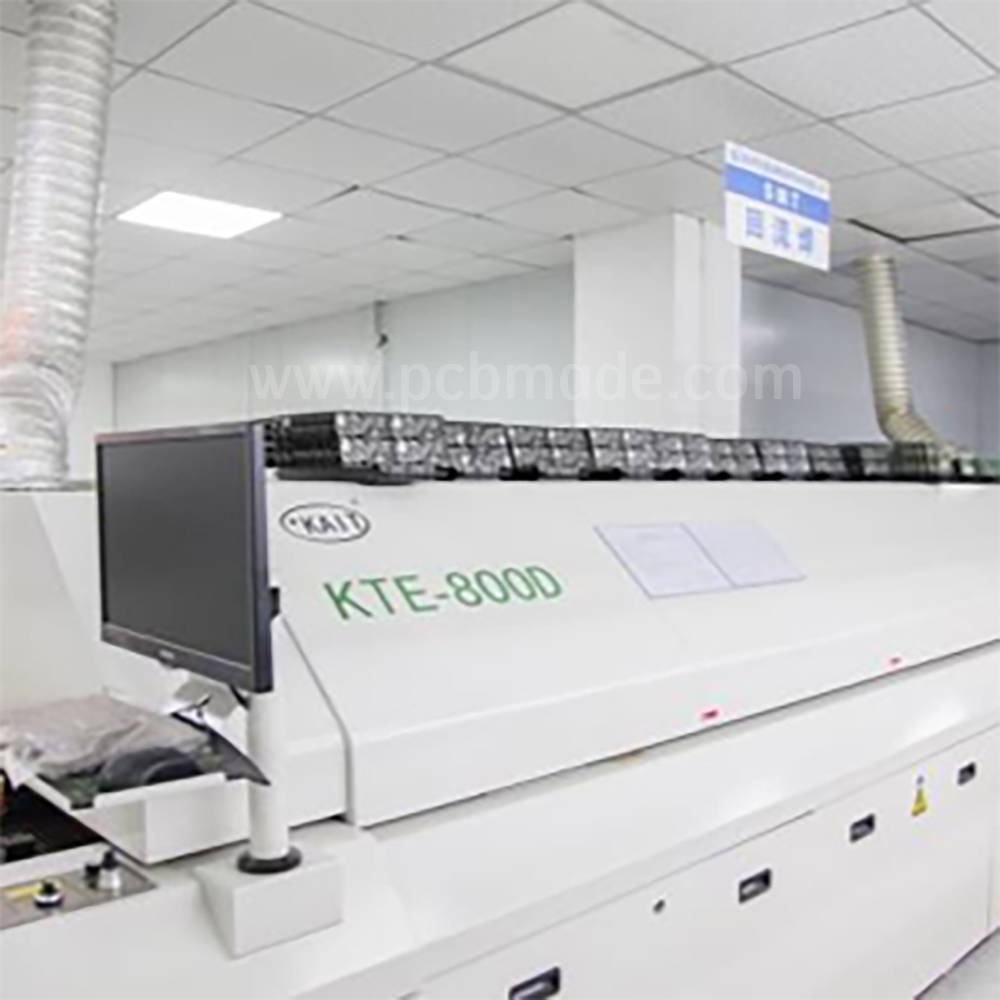As a connecting bridge between electronic components, the quality of PCB directly affects the performance and safety of the product. Among the many standards for measuring PCB quality, UL certification is particularly important, especially for products exported to international markets.
What is UL certification?
UL (Underwriters Laboratories) is a globally renowned independent safety science company founded in 1894, dedicated to providing safety testing and certification services for various products. When a product passes UL’s rigorous testing to demonstrate compliance with specific safety standards, it can obtain UL certification and be authorized to use the UL logo. This logo is widely recognized globally and is an authoritative symbol of product quality and safety.
UL marking on PCB circuit board
In the PCB industry, the UL mark usually appears on the circuit board, indicating that the circuit board has passed UL’s safety testing and meets specific safety performance standards. This mark is not only a quality assurance for manufacturers, but also brings confidence to end users, ensuring that the electronic products used meet internationally recognized standards in electrical safety, fire resistance, and flame retardancy.
Requirements for UL certified circuit boards
UL’s certification of PCB circuit boards involves multiple aspects, including materials, design, manufacturing process, and performance testing of the final product. Here are a few core requirements:
1.Material compliance: All materials used to manufacture PCBs, including substrates, copper foils, solder mask inks, adhesives, etc., must comply with UL’s regulations for heat resistance, flame retardancy, and chemical stability. For example, common FR-4 substrates require UL 94V-0 or higher flame retardant testing.
2.Design specifications: The design of circuit boards should consider electrical clearance, creepage distance, via spacing, etc. to prevent short circuits and electrical fire risks. UL has detailed regulations to ensure that the design complies with safety standards.
3.Manufacturing process control: The production process of PCB, from etching, soldering to final assembly, must follow strict quality control procedures to ensure that each step meets UL standard requirements and avoid potential safety hazards.
4.Performance testing: The completed PCB needs to undergo a series of physical, electrical, and environmental tests, such as high temperature and humidity testing, insulation resistance testing, and voltage withstand testing, to verify its reliability and safety under extreme conditions.
5.Continuous supervision: Obtaining UL certification is not a one-time solution. UL also conducts regular market supervision and spot checks on certified products to ensure continuous compliance with safety standards.
In summary, the UL mark is not only a symbol of PCB board quality and safety, but also a manifestation of manufacturers’ commitment to consumers. For electronic product manufacturers, choosing PCB suppliers with UL certification not only helps to enhance product competitiveness, but also ensures the smooth circulation of products in the global market. With the advancement of technology and the continuous upgrading of safety standards, the importance of UL certification will become more prominent, becoming one of the essential conditions for high-quality electronic products.











